Shipwrecks of Magnetic Island
Magnetic Island is home to many shipwrecks to explore for both snorkelers and SCUBA divers.

Shipwreck City - Magnetic Island is home to many shipwrecks to explore for both snorkelers and SCUBA divers. Some of these wrecks are located in the intertidal zone suitable for snorkelling (George Rennie), some have created artificial islands (City of Adelaide) and some are completely submerged but have difficult to access via beach entry for diving (Platypus). Of all the wrecks on the island, the SS Moltke has earned the title of most-dived wreck both due to its accessibility and interesting history.
There are over 20 known shipwrecks in close proximity to the island, which have been integrated into a shipwreck trail that circles the island created by Vivian Moran at the Maritime Museum. The trail guides visitors on a historical tour of the island's rich maritime landscape utilising land-based display boards in each of the bays. These shipwrecks reflect the local maritime history that has seen boats plying between the mainland and the island for more than 100 years and their stories reveal much about the island's history and development.
You can also visit the Magnetic Island History and Craft Centre in Picnic Bay for additional and in-depth information from their helpful staff.
The SS City of Adelaide 1863 at Cockle Bay is a favourite to many. There are also other shipwrecks at Hawking Point, Geoffrey Bay, Picnic Bay, and Nelly Bay.
Swim to some great snorkelling spots at the Nelly Bay and Geoffrey Bay Snorkel Trails. Arthur Bay and Florence Bay are also favourites if you want to get off the beaten track.
Nelly Bay Snorkel Trail starts approximately 100m off the beach near Base Backpackers and turns left from the beach to follow the reef closest to shore. Follow the five white surface floats that outline the trail and offer flotation for snorkelers to rest. You will see plenty of fish, Lettuce Coral, Cauliflower Coral, Boulder Coral and Staghorn Coral.
Geoffrey Bay Snorkel Trail starts approximately 400m from the beach opposite Hotel Arcadia (parallel with the old barge ramp). It offers a good selection of fish to see around the Moltke wreck. For stronger swimmers, the WWII aeroplane propeller and engine block (from a CW-22B Curtiss Falcon) also is a great adventure. Follow the white surface floats that outline the trail and offer flotation for snorkelers to rest. Subsurface floats are marked with letters that relate to the Swim Cards which are available from participating retail outlets. Yellow buoys further out to sea (and fringing Magnetic Island) are the baited shark lines. DO NOT swim up to the yellow buoys. Please DO NOT stand on coral or hold onto the subsurface numbered floats.
Interactive Map
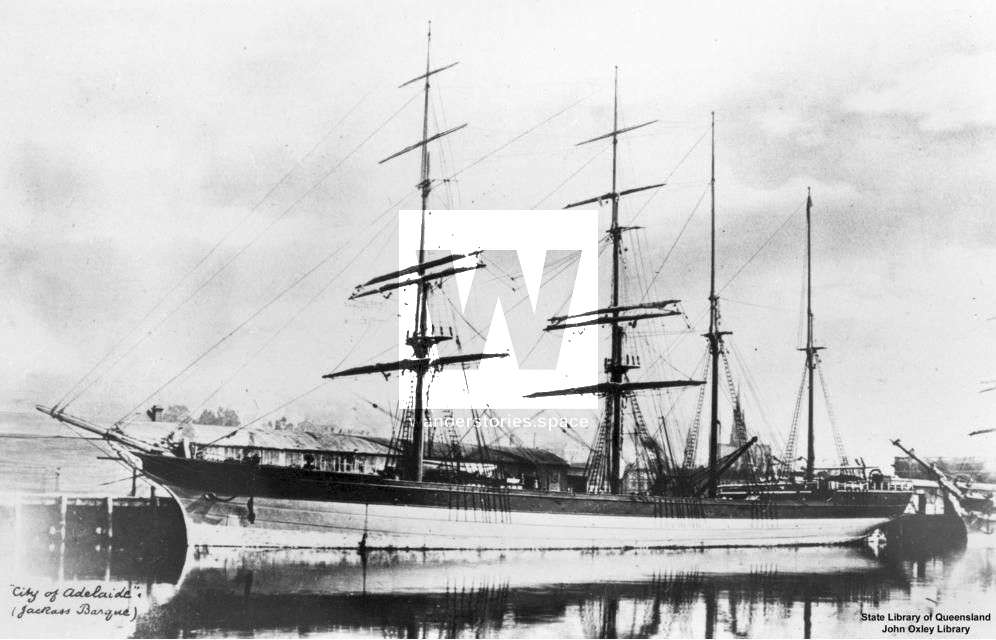
SS City of Adelaide 1863 (Cockle Bay)
Probably the most photographed wreck on Magnetic Island, The City of Adelaide was a passenger steamship launched in 1863 in Glasgow, Scotland. The vessel was later converted to a Barque for use as a cargo transport. In 1912, the vessel caught fire and burnt for a number of days before the flames could be extinguished.
The burnt hulk of the vessel was then purchased in 1915, by George Butler, the son of the first European resident of Magnetic Island. Butler had the hull stripped, and an attempt was made to float the vessel to Magnetic Island's Picnic Bay, where she would be scuttled to provide a breakwater for a jetty. However, as the vessel was being towed from Townsville to Picnic Bay she ran aground off Magnetic Island’s Cockle Bay.
During World War II, the wreck of the vessel was used as a target by Royal Australian Air Force (RAAF) bomber pilots. Four people were killed in a training accident when a RAAF aircraft struck the masts of the vessel. During the bombing run, the aircraft dived upon the wreck in a bombing run, during which one of the aircraft appeared to strike one of the masts of the sunken vessel, before crashing into the shallow ocean waters approximately 700 metres from the vessel. The plane’s fuselage disintegrated on impact instantly killing three RAAF officers and a United States Navy officer aboard the bomber.
This iconic shipwreck is best accessed at low tide from Cockle Bay. The bay is extremely shallow resulting in the bay emptying of water during low tide. During low tide, you can walk to the shipwreck without imposing on the privacy of people holidaying in the Blue House. If the tide is in, please be mindful that the Blue House is private property.
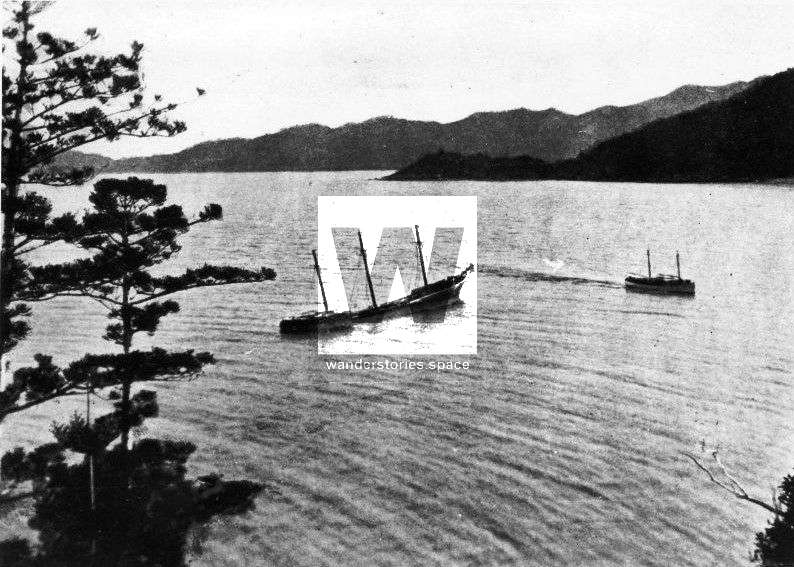
Moltke 1870 (Geoffrey Bay)
The Moltke was a three-masted barque built in Hamburg, Germany in 1870. In 1891 after leaving Townsville for Rockhampton, the Moltke ran aground and was quickly abandoned by its owner who arranged for salvage right to be sold at auction. The new owner of the Moltke patched the hull and towed it back to Townsville where it returned to service. In 1895, the Moltke ran aground once again, this time in the Ross River in Townsville. A Magnetic Island local purchased the Moltke in 1911 to be used as a breakwater. After towing the ship to Geoffrey Bay, the 'explosives expert' prematurely blew a hole in the side of the Moltke nowhere near its planned destination and sunk. During WWII, the wreck was used by the U.S. Air Force for a bombing run practice and is also home to plane wreckage nearby.
The wreck of the vessel now hosts a wide range of underwater life and is a popular open-water dive site. Pick up a snorkel card, and your snorkel equipment, and spend some time discovering the snorkel trail in Geoffrey Bay. This trail offers you the opportunity to explore the Moltke wreck, a WWII aeroplane propeller, an engine block from a CW-22B Curtiss Falcon, and many different species of coral and fish.
Platypus Dredge 1902 (Arthur Bay)
Townsville's first dredge boat, employed to deepen the shipping channel, can now be found hard up against the shoreline of the first small rocky cove past Arthur Bay in about 3 to 7 metres of water. The Platypus was shuttled between Arthur and Florence Bays in 1902 and today is a dive site. You will find the wreck remains covered over by hard coral, with the most recognisable features being square boilers and their associated steam plumbing.
PS George Rennie 1902 (Hawking Point)
The George Rennie was a steel-hulled ship paddle steamer was built in 1885 in Middlesex. In 1896 the vessel was purchased by Howard Smith and Company who converted and used the vessel to transport coal from the anchorage at West Point to Townsville harbour. It was scuttled in 1902 to serve as a breakwater for a small jetty in the bay. The remains of the ship can still be seen at low tide from Picnic Bay beach towards Hawkings Point.
SS Bee 1884 (Picnic Bay)
Built in 1884 for the Manly-to-Sydney ferry service, the SS Bee was an Australian wooden steamship. A Picnic Bay resort owner purchased Bee in 1899 to transport holiday-makers between Townsville and Picnic Bay. The vessel sank in October 1900 but was refloated and continued service. In 1901, Bee attempted to depart Picnic Bay Jetty in heavy seas when the chain steerage gear became jammed hindering maneuverability. Taken broadside by the waves, it washed up on the Picnic Bay beach at the mouth of the unnamed creek at the western end of Picnic Bay and was deemed unsalvageable. It generally is not visible, but sometimes can be seen following extreme weather events, which erode sand from the beach and reveal it.
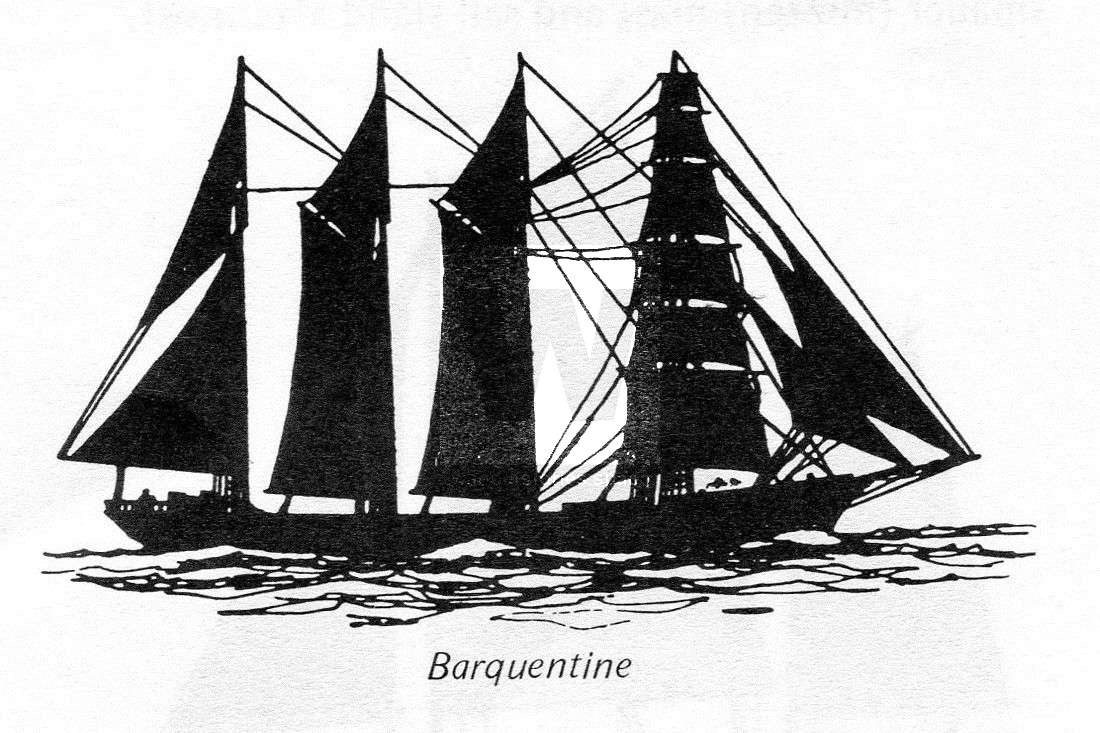
Presto 1896 (Nelly Bay Harbour)
In the late 1800s, a 40-metre shipwreck once imposed its presence and protected a frail timber jetty that serviced Nelly Bay.
Norseman 1893 (Horseshoe Bay)
In 1893, the Norseman was anchored in Horseshoe Bay on the north side of Magnetic Island when strong winds and blinding rain caused the anchor chain to damage the vessel as it also struck the south end of the reef off No. 1 Bunker Group. The vessel was refloated nine months later.
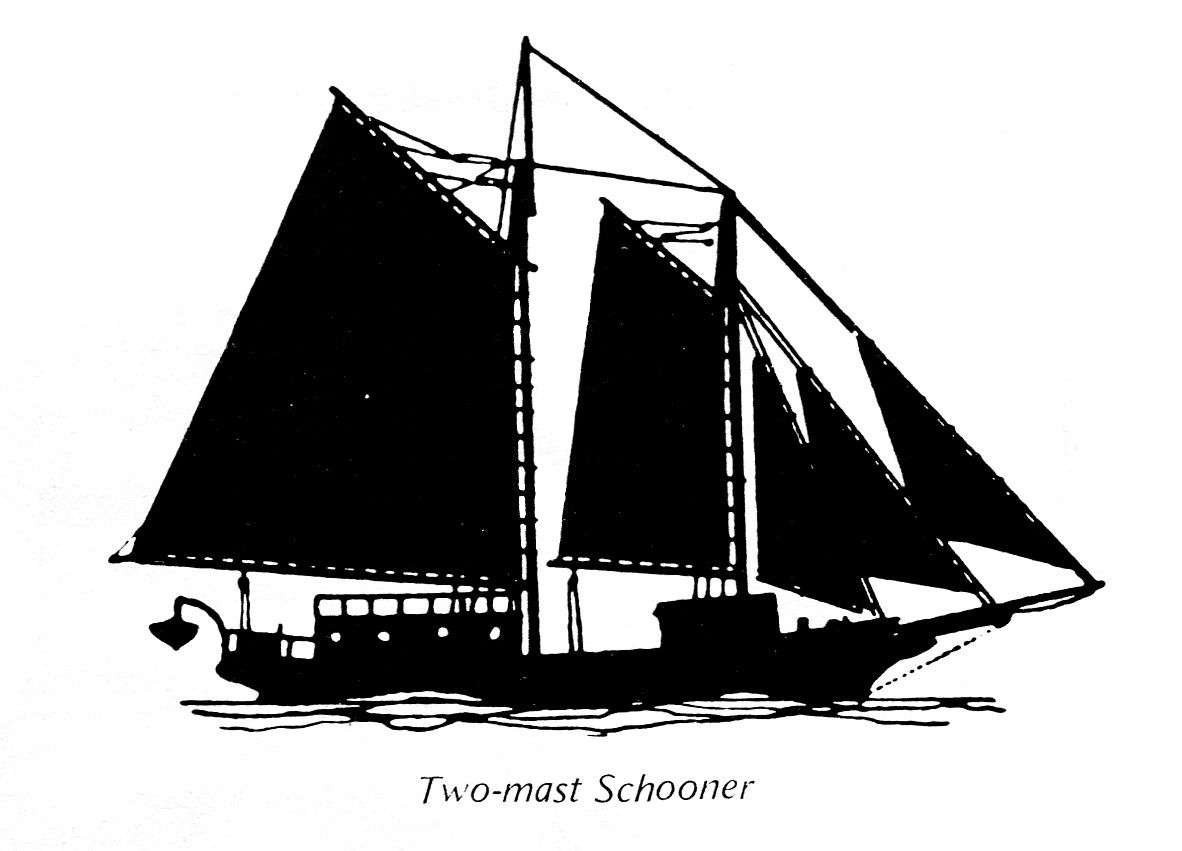
Lavina 1896 (Nelly Bay)
In 1896, the 'Lavina' set sail from Townsville but had to anchor near Cape Cleveland due to bad weather. The 'Lavina' was dragged by the hurricane force winds until it was driven ashore at Hawking Point, Magnetic Island. One crew member drowned before the vessel went ashore.
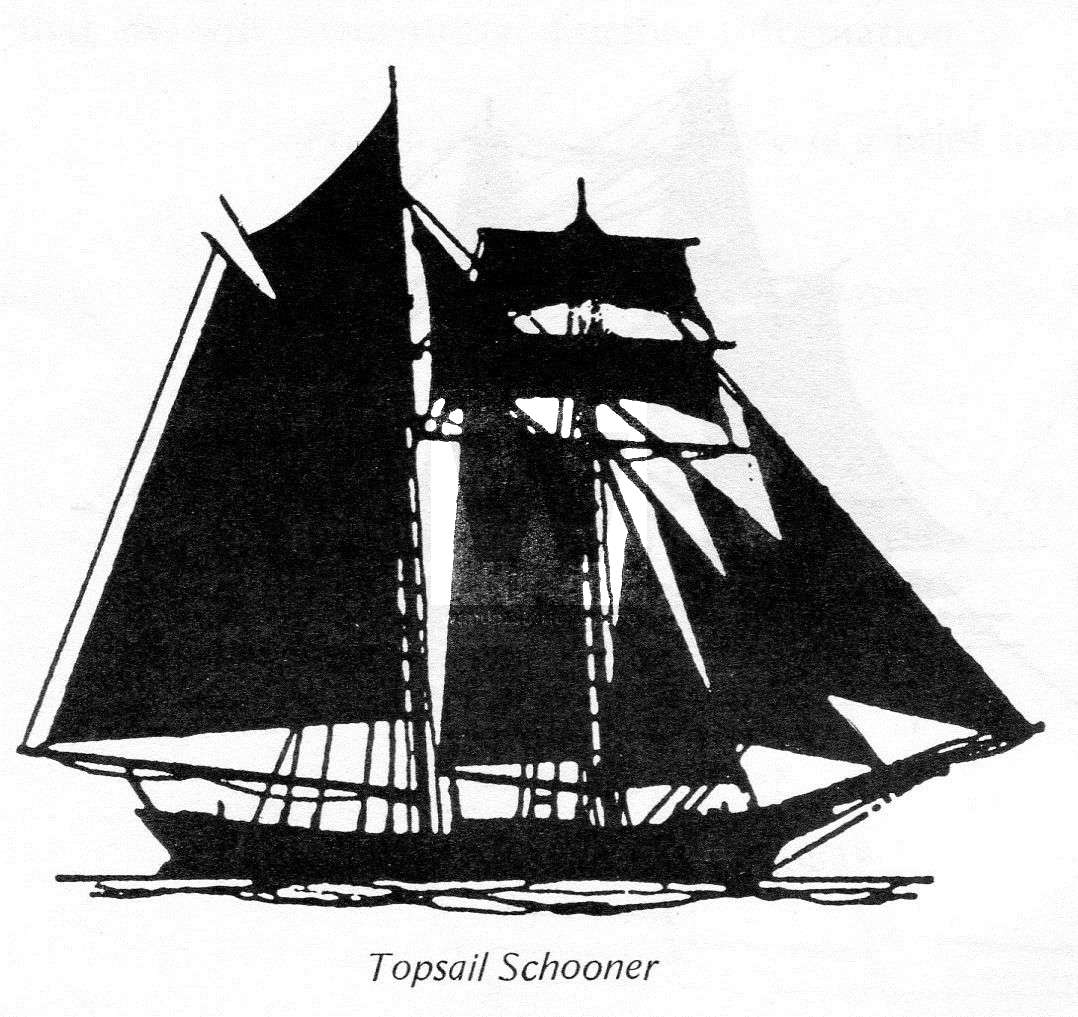
May Queen (1913) (Picnic Bay)
In 1913, the 'May Queen' was broken up at Picnic Bay, Magnetic Island
Magnet 1917 (Florence Bay)
In 1917, the 'Magnet' was carrying a picnic party from Florence Bay when the vessel struck a reef at Florence Bay, Magnetic Island damaging the vessel's propeller rod and eventually hitting the rocks becoming a total wreck.
Morning Light 1913 (Horseshoe Bay)
In 1913, the 'Morning Light' was converted into a lighter and wrecked at Horseshoe Bay, Magnetic Island.
Spray 1918 (Norris Bay)
In 1918, the 'Spray' was wrecked at Norris Bay, Magnetic Island in a gale which struck the north coast. Two other vessels were destroyed in this gale; the 'Akaroa' and the 'Shamrock'.
Fate 1896 (Five Beach Bay)
In 1896, the 'Fate' was wrecked at Five Beach Bay, Magnetic Island during cyclone Sigma.
Rialto 1920 (West Point)
In 1920, the 'Rialto' was struck by a violent gust of winds between Bay Rock and West Point. The vessel capsized with six crew members on board. Three swam to Bay Rock, the remaining three crew members were left clinging to the boat and were not seen again. The wreck of the 'Rialto' was found submerged near where the vessel capsized.
More information on these wrecks and others can be found at Australasian Underwater Cultural Heritage Database and the Wikipedia Shipwrecks of Magnetic Island
This article, and all other articles, are for entertainment purposes only and are not to be used as a guide. Please see our Disclaimer for more information.
